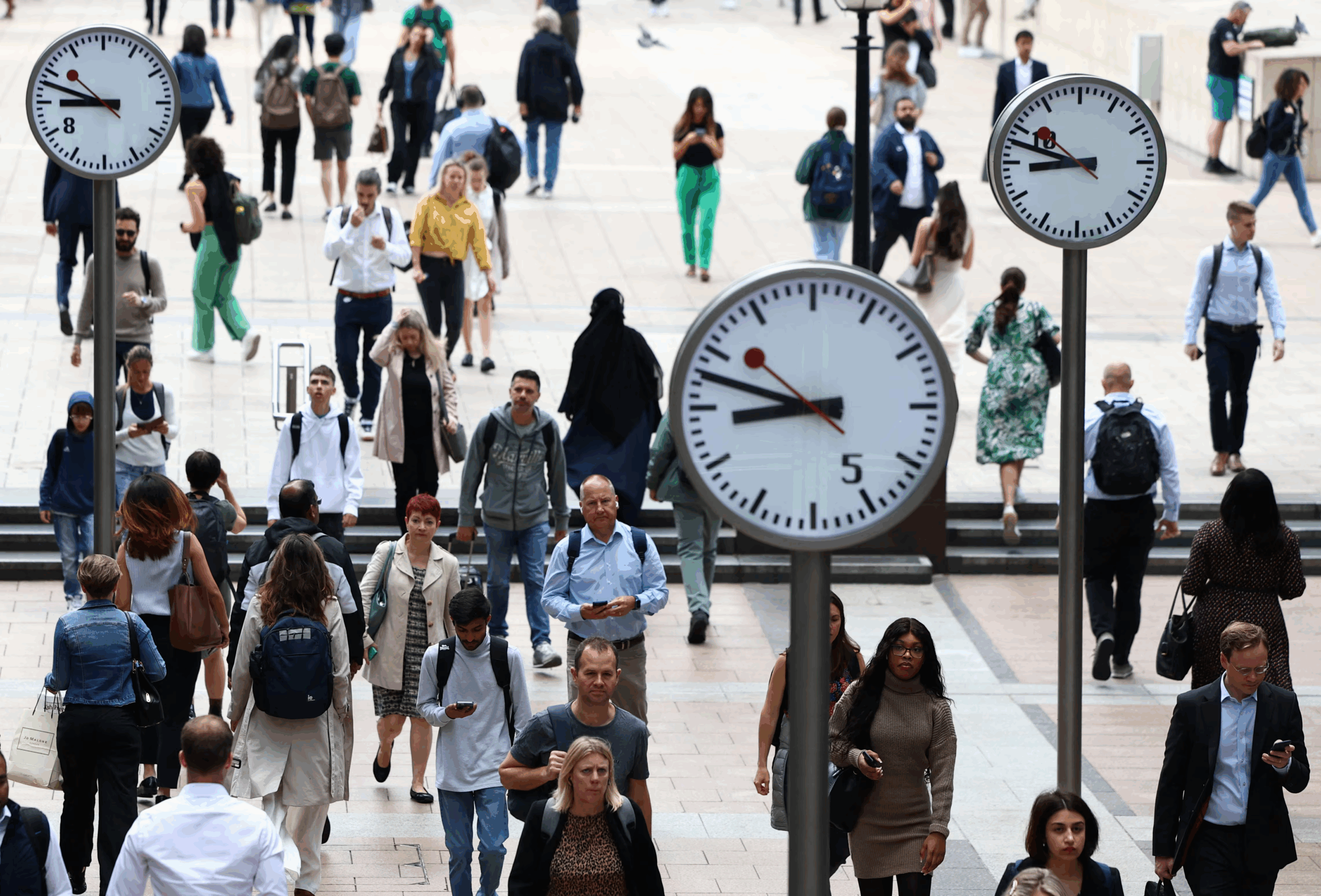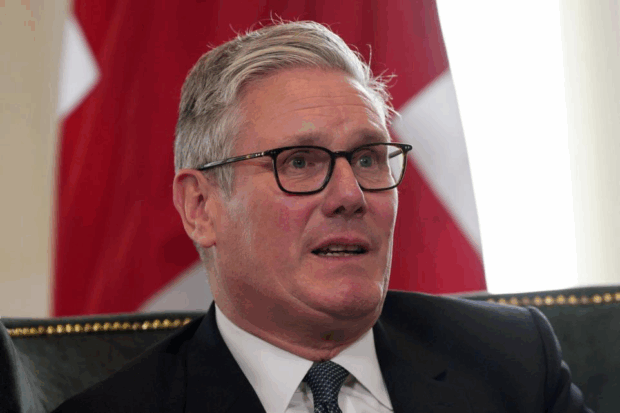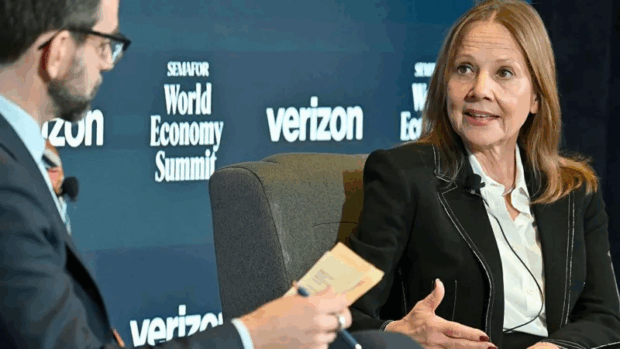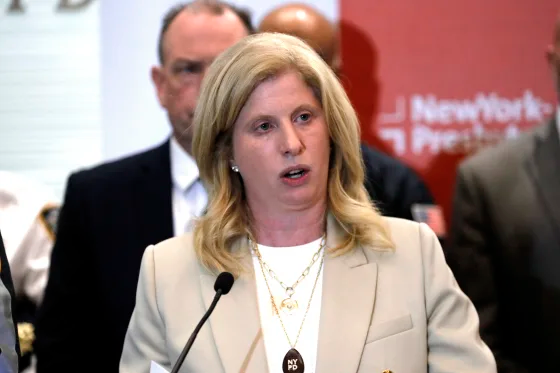
Britain’s jobs market continued to cool last month, according to data revealing the impact of employer tax increases and Donald Trump’s trade tariffs. The figures will likely reassure the Bank of England that inflation pressures are diminishing.
Provisional tax office data released Tuesday showed employee numbers fell by nearly 33,000 in April following a 47,000 drop in March.
Job vacancies declined further below pre-pandemic levels, decreasing by 42,000 – the largest drop in over a year – in the three months to April, reaching 761,000.
Average weekly earnings, excluding bonuses, increased by 5.6% from January to March compared to the same period last year, according to the Office for National Statistics. This marks the slowest growth rate since the three months to November. Economists polled by Reuters had forecast regular wage growth of 5.7%.
The pound and financial market expectations regarding Bank of England rate cuts for the remainder of the year remained largely unchanged following the data release.
“While the labor market continues to slow, and there is some evidence of the impact of the increase in national insurance, there is nothing to suggest it immediately fell off a cliff in response to the shock,” said Luke Bartholomew, deputy chief economist at Aberdeen, a fund management firm.
“Combined with the better trade news recently, there is nothing here to make the Bank of England regret its decision to say the easing cycle will continue to be only ‘gradual’,” Bartholomew added.
The BoE is closely monitoring inflation pressures in Britain’s labor market as it evaluates whether to accelerate interest rate cuts to protect the economy from the consequences of Trump’s policies.
Last week, the central bank’s Monetary Policy Committee was divided three ways on its May interest rate decision, with five members supporting a quarter-point reduction, two favoring a larger half-point cut, and two voting to maintain current rates.
On Monday, MPC members Clare Lombardelli and Megan Greene highlighted inflation risks in the labor market, where wage growth remains too high for the BoE’s 2% target. A third member, Alan Taylor, cited the “quite perilous” trade situation as justification for his vote for a half-point cut.
The ONS reported that private-sector pay excluding bonuses – a measure of domestic inflation pressure tracked by the BoE – rose by 5.6%, lower than the 5.9% increase recorded in the three months to February.
Jack Kennedy, senior economist at global job site Indeed, suggested the BoE would likely remain vigilant about the risks posed by still-elevated wage growth in Britain.
“A more material and sustained cooling of wage pressures would open the door to faster interest rate cuts, but the MPC’s split vote in May underlines the continued caution over persistent inflation pressures,” Kennedy stated.
The ONS indicated that Britain’s unemployment rate, which is based on a survey currently being revised and no longer considered an accurate indicator of the job market, increased to 4.5% from 4.4%, matching Reuters poll expectations and reaching the highest level since mid-2021.
The ONS noted improved response rates to its Labour Force Survey but cautioned that some volatility in detailed estimate quality persists.
The agency aims to transition its labor market statistics to a new methodology by November next year, though it has warned the change could be delayed until 2027.

















Be the first to leave a comment